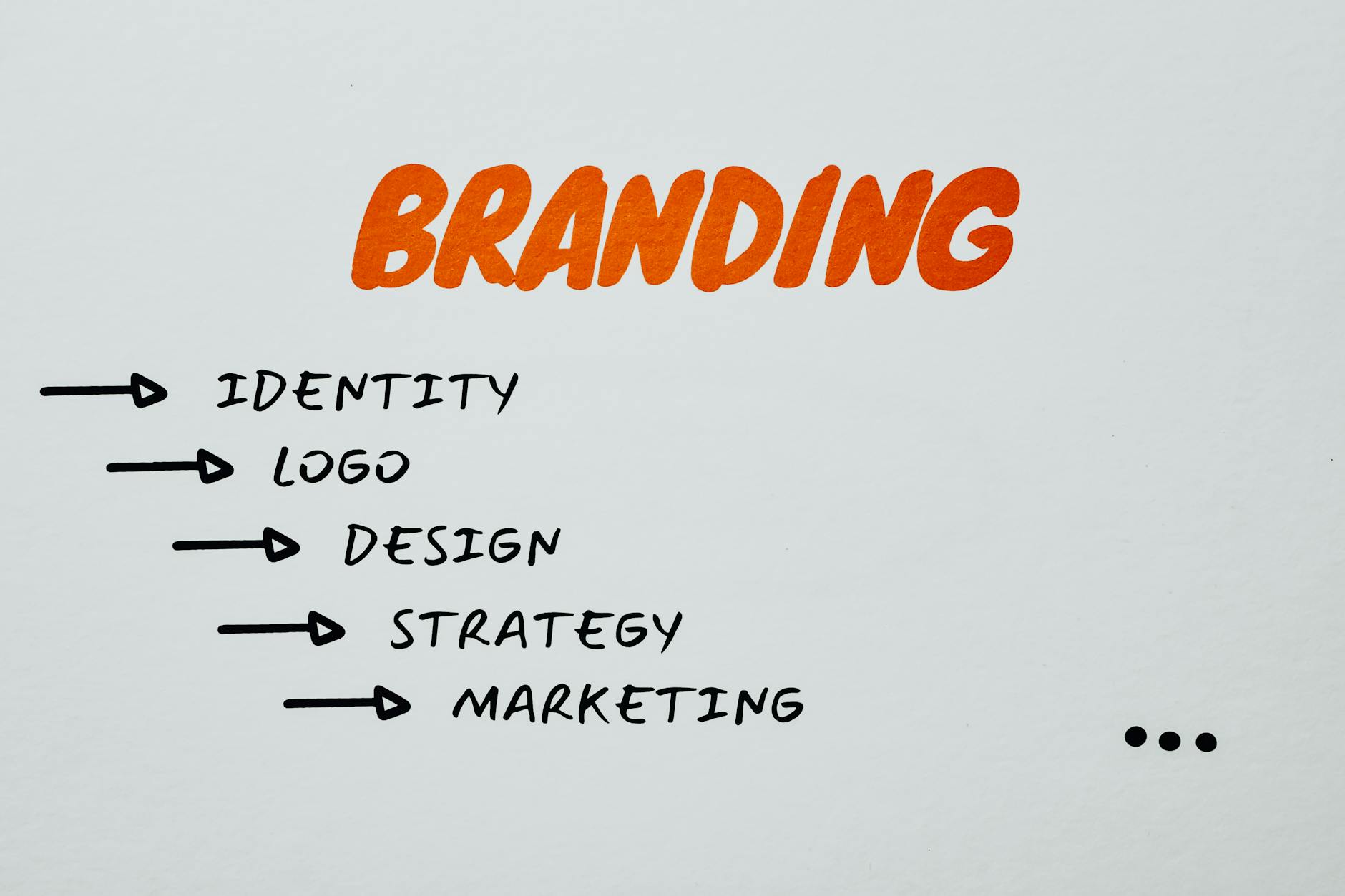The Psychology of Ads: What Makes Consumers Click?
Advertising is everywhere, from scrolling on your phone to driving past billboards. But why do some ads make people pause and click, while others fade into the background? Understanding the psychology behind advertising reveals the unseen forces that drive us to react, engage, and buy. Ads are crafted to tap into how we feel, think, and make decisions—sometimes without us even realizing it.
The strongest ads combine emotional hooks with smart cognitive triggers. Advertisers use everything from color to clever wording to storytelling, all designed to get our attention and win our trust. If you’ve ever wondered why you can’t resist a “limited time offer” or why glowing reviews sway you, the answer lies in psychology.
How Emotions and Perceptions Drive Clicks

Our brains are wired to react to feelings before facts. Emotional advertising doesn’t just make us feel something; it pushes us to act. Visual elements, from colors to faces, also play a key part. Storytelling ties it all together, building authenticity and trust within seconds.
The Emotional Impact of Ads
Emotion is one of the strongest forces in advertising. Joy, pride, nostalgia, empathy, and excitement don’t just grab our attention—they stick with us. People are much more likely to remember and click on an ad that stirs genuine emotion. Think about the last time you saw a heartfelt commercial; chances are it stayed with you longer than a generic promo.
Recent statistics show that emotional, story-driven ads can be twice as effective in gaining attention and prompting clicks compared to rational, fact-based ones. For example, brands often create memorable campaigns around big events or shared values, bringing in millions of views and shares. Illustrative guides such as these emotional advertising examples showcase how happiness, fear, trust, and even sadness drive clicks.
The Influence of Visual Cues and Color
The way an ad looks has a huge effect on whether people trust it—or scroll past. Colors grab attention and set the mood in the blink of an eye. Red, for instance, signals urgency and excitement, which is why it’s common in clearance and “limited time” offers. Blue builds a sense of trust and calm, ideal for banks or healthcare.
Visual cues like bold headlines, clean design, or a friendly face can make a brand more engaging. According to HubSpot’s guide on color psychology, companies use color schemes strategically to influence purchasing decisions and brand perception.
The Power of Storytelling and Authenticity
People love stories—they remember them. Ads that tell a story or feature real people feel authentic, relatable, and genuine. Authenticity fuels trust, which leads to more clicks and conversions. Brands sharing true customer stories or behind-the-scenes moments gain deeper engagement. A brand narrative transforms a basic ad into something audiences can connect with and root for.
Cognitive Triggers Behind the Click
Beyond feelings, our brains rely on shortcuts when making fast decisions. Advertisers use known psychological triggers and biases—ethically—to encourage action, sticking to techniques that speak to how we all make choices.
Scarcity, Urgency, and Fear of Missing Out (FOMO)
When something feels rare or about to vanish, our brains kick into overdrive. Ads often spotlight words like “Only 3 left!” or “Ends tonight!” to make us react now, not later. This sense of urgency or scarcity taps into FOMO, making it harder to pass up an offer.
Brands routinely see higher click rates with limited-time or low-stock messages. It’s the reason airlines and e-commerce stores show warnings about dwindling seats or expiring sales—those alerts turn window shoppers into buyers by making action feel urgent and necessary.
The Role of Social Proof and Authority
People trust other people. Ads featuring testimonials, five-star reviews, influencer shoutouts, or expert endorsements make us feel safe in our choices. This is the force of social proof; seeing others give a “stamp of approval” gives us confidence, even if we’ve never heard of the product before.
When a brand displays authority—like quoting awards, mentioning well-known clients, or citing expert opinions—it enhances trust and credibility instantly. Understanding the psychology of advertising shows how these elements can turn skepticism into clicks.
Framing and Anchoring Effects
How an offer is presented changes how we see it. This is called framing. If an ad compares two products and highlights “50% OFF,” it feels like a huge win, even if the actual price is similar to others. Anchoring is using a high price first, then showing a discount, making the new price seem like a much better deal.
These strategies nudge people toward decisions by adjusting perceptions of value and savings. Framing and anchoring effects are two of many cognitive shortcuts advertisers use to boost confidence in making a quick decision.
Commitment and Consistency in User Behavior
Once people take a small step—such as subscribing to a newsletter or clicking a simple “yes” prompt—they are more likely to keep going. This pattern is known as commitment and consistency. Micro-conversions lead to bigger actions, building a “momentum” effect.
Simple calls to action within ads, like quizzes or polls, prime users for bigger asks later. This tactic relies on our natural desire to stay consistent with earlier choices, especially if they were easy and rewarding.
Conclusion
The psychology behind ad clicks isn’t magic; it’s science and strategy. Emotional triggers like joy, trust, and urgency make ads memorable and hard to ignore. Smart visual design and color cues build instant perception and trust. Cognitive shortcuts, including scarcity and social proof, turn split-second impressions into action.
Advertisers weave these elements into every pixel and headline. As a consumer, noticing these patterns can make you savvier and more aware of what truly influences your clicks. If you catch yourself lingering on an offer or being drawn in by a powerful story, you’re witnessing ad psychology in action. Next time you see an ad that grabs you, ask yourself: what made you want to click?